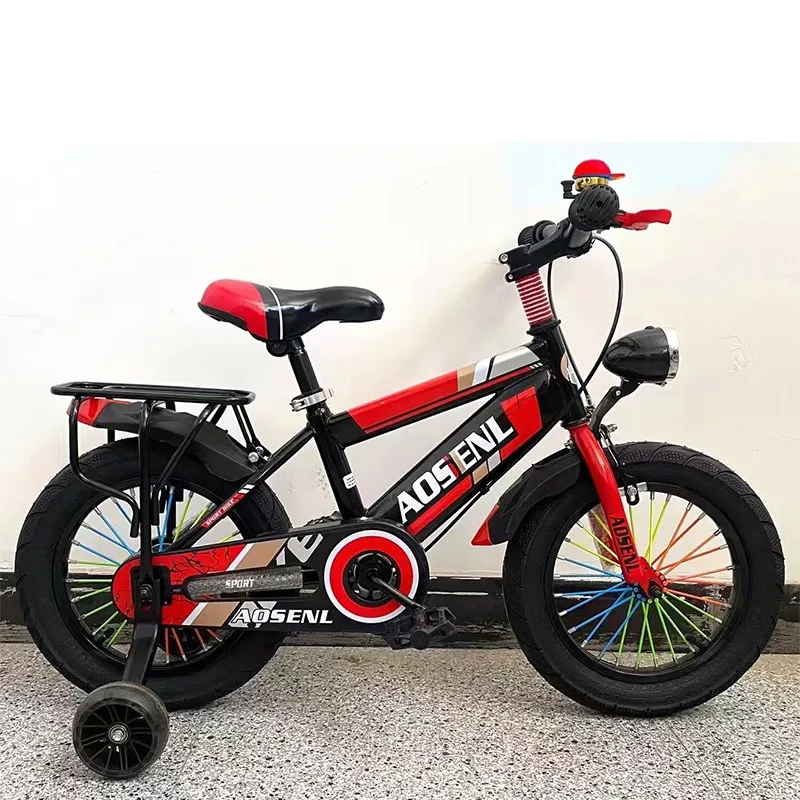
- Afrikaans
- Albanian
- Amharic
- Arabic
- Armenian
- Azerbaijani
- Basque
- Belarusian
- Bengali
- Bosnian
- Bulgarian
- Catalan
- Cebuano
- Corsican
- Croatian
- Czech
- Danish
- Dutch
- English
- Esperanto
- Estonian
- Finnish
- French
- Frisian
- Galician
- Georgian
- German
- Greek
- Gujarati
- Haitian Creole
- hausa
- hawaiian
- Hebrew
- Hindi
- Miao
- Hungarian
- Icelandic
- igbo
- Indonesian
- irish
- Italian
- Japanese
- Javanese
- Kannada
- kazakh
- Khmer
- Rwandese
- Korean
- Kurdish
- Kyrgyz
- Lao
- Latin
- Latvian
- Lithuanian
- Luxembourgish
- Macedonian
- Malgashi
- Malay
- Malayalam
- Maltese
- Maori
- Marathi
- Mongolian
- Myanmar
- Nepali
- Norwegian
- Norwegian
- Occitan
- Pashto
- Persian
- Polish
- Portuguese
- Punjabi
- Romanian
- Russian
- Samoan
- Scottish Gaelic
- Serbian
- Sesotho
- Shona
- Sindhi
- Sinhala
- Slovak
- Slovenian
- Somali
- Spanish
- Sundanese
- Swahili
- Swedish
- Tagalog
- Tajik
- Tamil
- Tatar
- Telugu
- Thai
- Turkish
- Turkmen
- Ukrainian
- Urdu
- Uighur
- Uzbek
- Vietnamese
- Welsh
- Bantu
- Yiddish
- Yoruba
- Zulu
Aug . 19, 2024 17:18 Back to list
Steps for Properly Installing a Mountain Bike Derailleur for Optimal Performance
How to Set Up a Derailleur on a Mountain Bike
Setting up a derailleur on a mountain bike may seem daunting, but with a bit of patience and the right tools, you can achieve a perfectly functioning drivetrain. The derailleur is integral to your bike’s performance, allowing for smooth shifting between gears. Here’s a step-by-step guide to help you set up your derailleur properly.
What You’ll Need
Before you start, gather the necessary tools a Phillips or flat-head screwdriver, a 5mm Allen wrench, a chain tool (if you need to adjust your chain), and possibly a torque wrench for precise adjustments. Having a clean workspace will also make the process easier.
Step 1 Prepare the Bike
Start by placing your bike on a stable bike stand. This allows you to easily shift the gears and makes the setup process more manageable. Ensure that the bike is clean, especially the drivetrain components, as dirt can cause shifting issues.
Step 2 Check the Rear Derailleur Setting
Begin by examining your rear derailleur. Ensure that it’s securely attached to the derailleur hanger. If it appears bent or misaligned, it may need to be straightened or replaced. To check for proper alignment, shift your bike into the smallest cog (the highest gear). The derailleur should line up directly with the cog. If it's not aligned, adjust the derailleur hanger or consult a professional for more complicated adjustments.
Step 3 Adjust the Cable Tension
how to set up a derailleur on a mountain bike

The next step is to adjust the cable tension. Start by ensuring that the outer cable housing is clean and properly seated in the derailleur. Pull the cable taut and tighten it using the cable anchor bolt, ensuring the derailleur moves freely. To check if the cable tension is correct, shift through the gears and listen for any hesitation or skipping. If the chain struggles to move to higher gears, increase the tension by tightening the cable a bit more.
Step 4 Set the Limit Screws
The limit screws on the derailleur prevent the chain from shifting beyond the largest or smallest cog. Locate the two screws usually marked as ‘H’ (high) and ‘L’ (low). Shift to the largest cog (low gear) and adjust the ‘L’ screw so that the derailleur is positioned just above the cog without touching it. Repeat this process for the smallest cog by shifting to it and adjusting the ‘H’ screw.
Step 5 Fine-tune the Indexing
Once your limit screws are set, fine-tune the shifting by adjusting the indexing. Shift through all the gears to test the shifting. If the chain hesitates when moving to a specific gear, it may mean you need to adjust the cable tension slightly. Use the barrel adjuster found near the shifters; turning it clockwise will increase tension, while counterclockwise will decrease it.
Step 6 Test Ride and Final Adjustments
With all adjustments made, take your bike for a test ride. Pay close attention to how the bike shifts under load. Shift through all the gears and see if there are any skipping or difficulty in shifting. If everything feels smooth and responsive, you have successfully set up your derailleur.
Conclusion
Setting up a derailleur on your mountain bike is an essential skill that can significantly enhance your riding experience. Regular maintenance and adjustments will ensure your bike runs smoothly and efficiently. With practice, this process will become quicker and easier, allowing for more time spent enjoying the trails. Happy riding!
-
The Ultimate Kids' Four-Wheeler Experience
NewsJul.09,2025
-
The Ultimate Guide to Mountain Bikes: Gear Up for Your Ride
NewsJul.09,2025
-
The New Age of Cycling: Electric Bikes for Every Rider
NewsJul.09,2025
-
The Best Kids Bicycles: Ride in Style and Safety
NewsJul.09,2025
-
The Best 3-Wheel Scooters for Kids: Fun, Safety, and Adventure
NewsJul.09,2025
-
Revolutionize Your Ride: Affordable Electric Bikes
NewsJul.09,2025
-
Finding the Perfect Mountain Bike for Every Rider
NewsJul.09,2025



